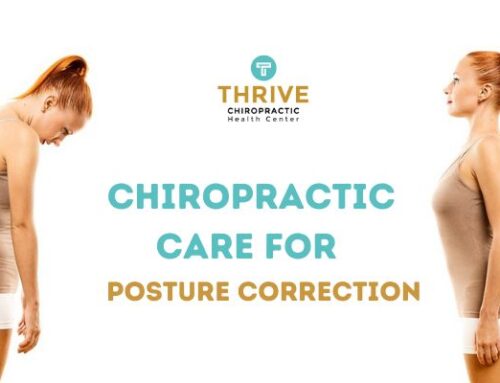Scoliosis is a condition that affects millions of people worldwide. It is characterized by an abnormal curvature of the spine that can cause discomfort, pain and even disability if left untreated. While there are surgical options available for severe cases of scoliosis, many patients prefer non-invasive treatment options that can help manage symptoms and improve their quality of life. Chiropractic care is one such option that has gained popularity in recent years.
Chiropractors use a variety of techniques to manipulate and adjust the spine, with the goal of improving its function and reducing pain and discomfort. For scoliosis patients, chiropractic care can be a highly effective non-invasive treatment option that can provide relief from symptoms such as back pain and muscle tension. Additionally, chiropractic care can help improve spinal alignment, which can slow the progression of the curvature and improve overall quality of life.
Chiropractic care can be a valuable treatment option for scoliosis; Here are some points that detail the benefits of chiropractic care in the management of scoliosis…
1. Spinal Alignment & Postural Correction:
Chiropractors focus on restoring proper spinal alignment and improving postural balance in individuals with scoliosis. Through manual adjustments and other specialized techniques, chiropractic care aims to reduce the severity of the spinal curvature and improve overall posture. By addressing misalignments in the spine, chiropractors help alleviate pressure on the nerves, muscles and joints, which can help reduce pain and discomfort associated with scoliosis. Correcting spinal alignment also assists in optimizing the function of the nervous system, supporting overall health and well-being.
2. Pain Management & Symptom Relief:
Chiropractic care can play a crucial role in managing pain and reducing symptoms associated with scoliosis. Through spinal adjustments, chiropractors can help alleviate muscle tension and imbalances that contribute to pain and discomfort. They may also incorporate other complementary therapies such as massage, stretching and rehabilitative exercises to further enhance pain relief and improve flexibility. Chiropractic care’s focus on non-invasive approaches makes it an attractive option for individuals seeking natural and drug-free pain management strategies.
3. Enhancing Function & Mobility:
Scoliosis can impair mobility and restrict the range of motion due to spinal curvature. Chiropractic care aims to enhance overall spinal function, which can lead to improved mobility and flexibility. Chiropractors may employ targeted exercises and stretches to strengthen the supportive muscles surrounding the spine and promote better movement patterns. By improving spinal flexibility and reducing restrictions, chiropractic care can help individuals with scoliosis maintain an active lifestyle and engage in physical activities with greater ease.
4. Long-Term Management & Prevention Of Progression:

Chiropractic care can provide long-term management strategies for scoliosis, helping individuals prevent the further progression of the condition. Chiropractors work closely with patients to develop personalized treatment plans that include regular assessments and adjustments to maintain spinal alignment. They may also provide guidance on lifestyle modifications, ergonomic improvements and exercises that can help individuals manage their scoliosis and reduce the risk of worsening curvature over time. By emphasizing proactive and preventive measures, chiropractic care can support individuals with scoliosis in maintaining their spinal health and overall well-being.
It is important to note that the effectiveness of chiropractic care for scoliosis can vary depending on the severity of the curvature and individual factors. Chiropractic care is often utilized as part of a comprehensive approach to scoliosis management, which may also include other treatments such as physical therapy, bracing, or, in some cases, surgery. Consulting with a qualified chiropractor and working collaboratively with a healthcare team can help individuals with scoliosis develop a tailored treatment plan that best suits their specific needs.
Summary:
To conclude, chiropractic care for scoliosis can offer a non-invasive and effective treatment option for both children and adults. By utilizing various techniques such as spinal adjustments, therapeutic exercises and spinal traction, chiropractors can help manage pain, improve mobility and prevent further progression of the condition. However, it’s important to note that scoliosis is a lifelong condition and long-term management strategies such as regular chiropractic visits, physical therapy and lifestyle modifications may be necessary to maintain a healthy spine. Consulting with a chiropractor and working together on a personalized treatment plan can provide the best outcomes for individuals with scoliosis.













